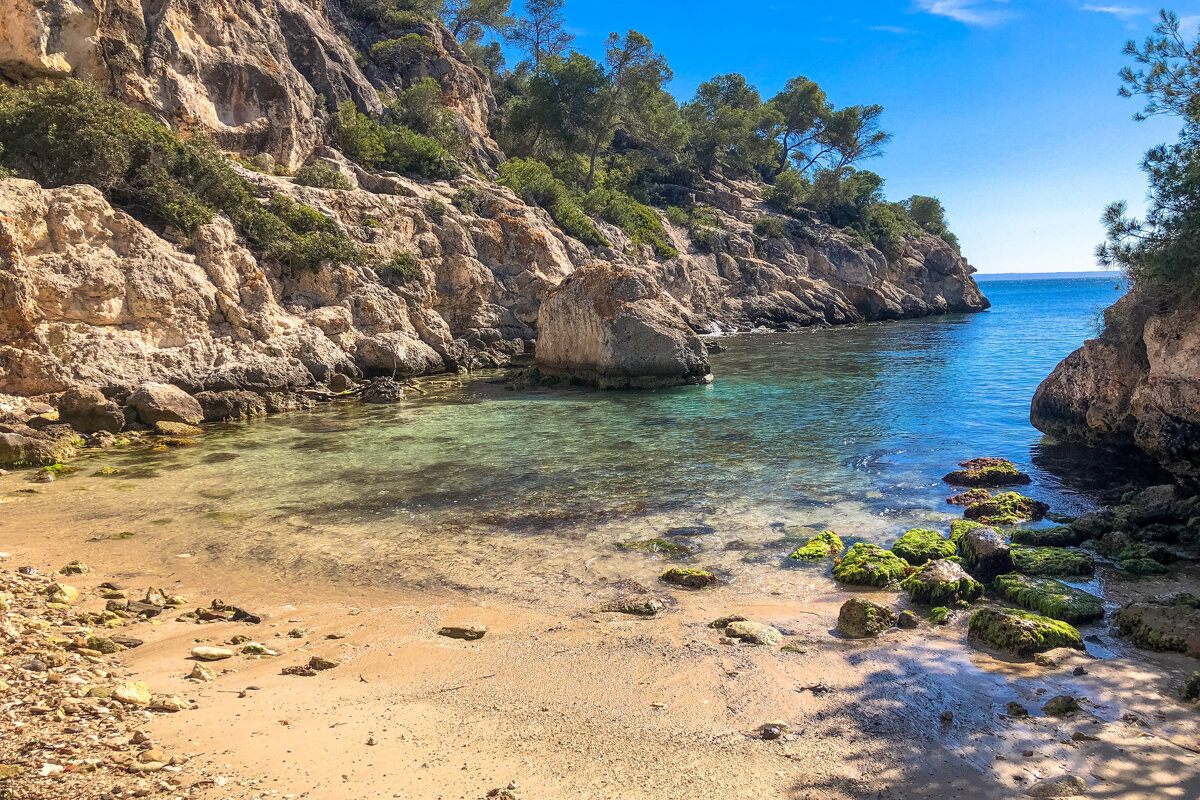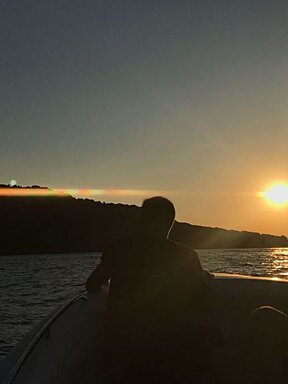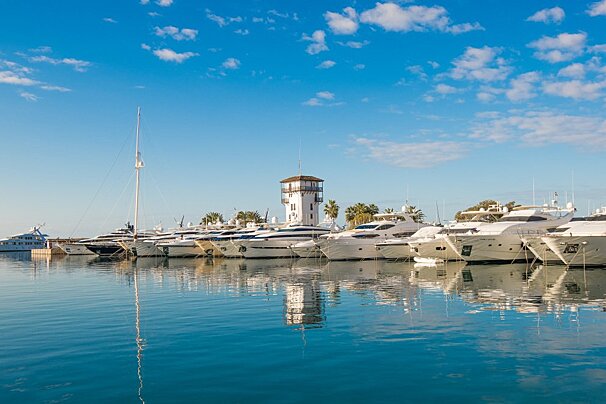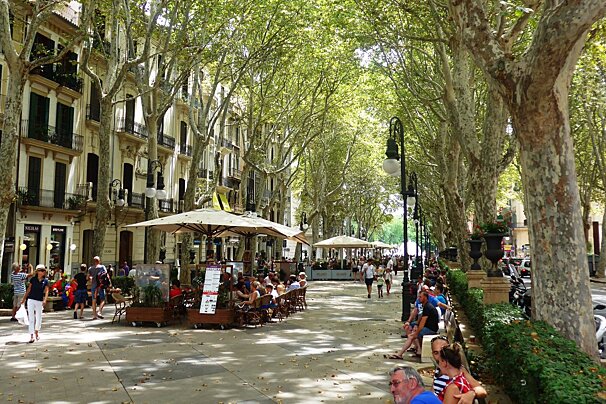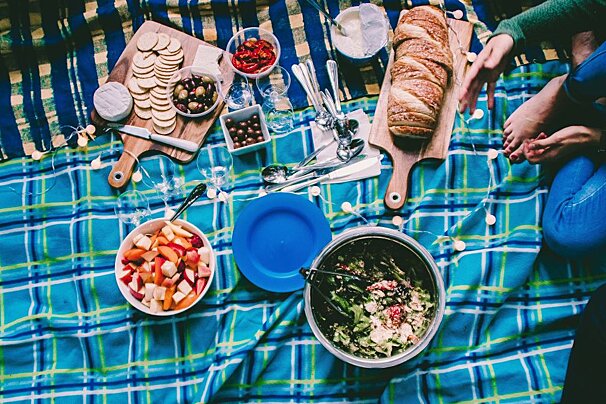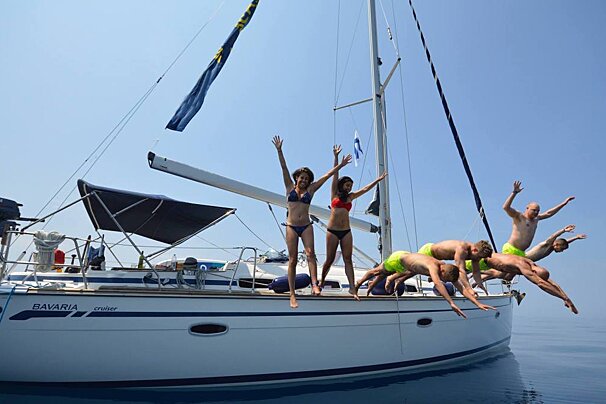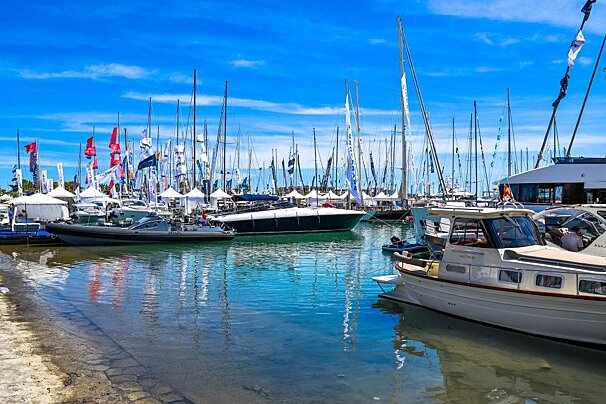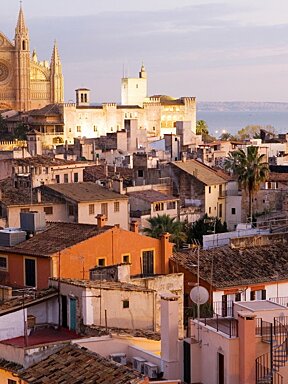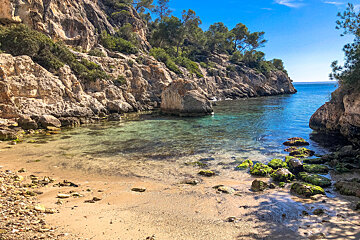
© J. Rains
The 6 most beautiful natural attractions in Mallorca
A look at the island's magnificent beauty spots
An island drenched in natural beauty, Mallorca is one of the most popular holiday destinations in Europe right now. Although much of its land has been developed for tourism, evident from the number of resorts, hotels and restaurants popping up all over the place, you will be pleasantly surprised at how much of the island's natural beauty has been preserved.
There is a wide range of landscapes on this Mediterranean island, from sandy beaches with turquoise waters and rugged rocky cliffs where waves crash, to snow-capped mountains, lush Mediterranean forests and calm wetlands full of wildlife. There is something new to explore every day.
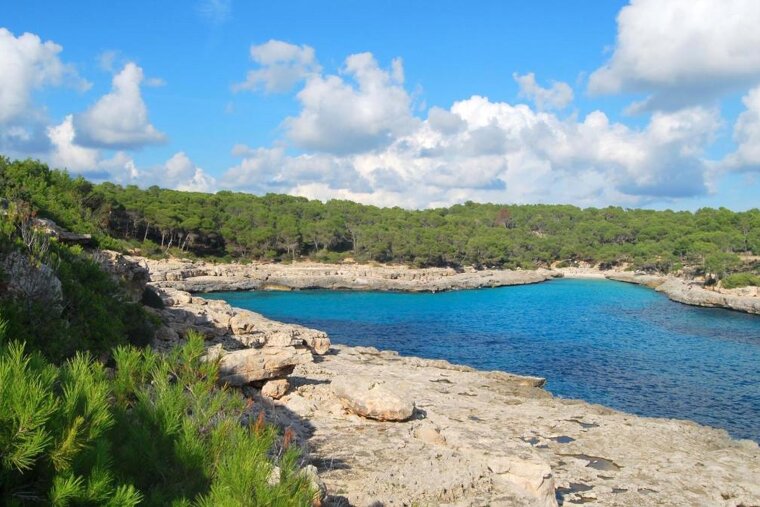
1. Coastal natural parks
The natural parks in Mallorca each have their own distinctive attractions from extraordinary collections of birds to exclusive species of lizards and endemic flora and fauna. Mondrago Natural Park is a wonderful coastal nature reserve on the south-east coast. The park boasts not only picture-perfect sandy beaches and turquoise waters but lays claim to wetlands, ‘Fonts de n’Alis’ and the migratory birds here are worth writing home about.
On the north coast of Mallorca, near the bays of Pollença and Alcudia there are wonderful wetlands home to different varieties of birds. Perhaps the most famous are S'Albufera, possibly the largest and most rich in birds of all the nature reserves found on Mediterranean islands, and S'Albufereta which boasts an impressive variety of landscapes. Without namedropping, the Eleonora Falcon, Osprey and Purple Gallinule are some of the most famous birds you can see here.

2. Uninhabited islands
The islands around Mallorca are especially treasured for their natural beauty. Sa Dragonera is a small islet off the west coast of Mallorca which has become a landmark of particular interest in recent years. There are again more than 350 plant species here but it’s also widely known for the wall lizard population, an endemic subspecies that cannot be found anywhere else in the world. Being uninhabited, birds also like to make this island their home, turning it into another bird watching haven. Covering less than 3km2, here you can also visit early 20th-century lighthouses with great views over the Mallorcan coastline.
Off the eastern coast, the Cabrera Archipelago is a maritime terrestrial national park. Known for its aquamarine waters and unspoiled beaches, it’s not surprising that snorkelling is a popular activity here. Spreading over just 15km2, it is said that Hannibal, the Punic military commander, was born here. Even though it is currently uninhabited, for centuries it was used by pirates as a base from which to attack Mallorca. As a consequence, a castle was built on its harbour in the 14th century. Now a national park, it is home to rare endemic flora and famous for its marine biodiversity thanks to the posidonia prairies that surround its coast. Endangered animals come under the park's protection and fishing is prohibited in its waters. Note there are scheduled boat trips over to Cabrera but, if you are visiting independently on your own yacht or yacht charter, you will need to apply for a permit.

3. Imposing mountains
There are two sets of famous mountain ranges in Mallorca. The Serra de Tramuntana is the biggest and was designated a UNESCO World Heritage Site in 2011 under the "Cultural Landscape" category. Its current landscape has been sculpted by humans over centuries and the manmade structures famously fit in with the lands natural fauna and flora. The paths, terraces, walls and traditional constructions in dry stone undeniably compliment the natural landscape.
Discovered by cyclists as one of the best spots in Europe for training thanks to its challenging climbs, Tramuntana is also the perfect backdrop for hikes of all levels. Perhaps the most famous trail here is the 135km GR221 Dry Stone Route, which appeals to the most seasoned hikers. This 8-day trek runs from Port d’Andratx all the way to Pollença following ancient cobbled paths. Alternatively, if you prefer the comfort of being in a car, you can just drive around discovering the endless breathtaking views of the sea and the mountains after each hairpin bend, and make sure you visit at least one of the quaint traditional villages scattered around the mountains.
In the north, the Llevant is a smaller mountain range celebrated for its remote, unspoiled beaches as well as its colonies of Mediterranean tortoises. Whichever mountain range you choose to visit, we guarantee you will be more than satisfied by the magnificent scenery you will encounter. In fact, these mountains appeal to a whole host of hikers, cyclists and birdwatchers who visit the island throughout the year.

4. Magical caves
Mallorca possesses some of Europe’s most extraordinary cave formations which have become some of the biggest tourist attractions on the island. Arta Caves encompass vast chambers of stalactites and stalagmites within the rock face on the north eastern coastline. Further down the coast, the Cuevas del Drach are four caves containing a large underground lake considered to be one of the largest in the world. Whilst these sites are more on the touristy side, the actual formations remain untouched and the colours are astounding, you will be truly enchanted as soon as you enter.

5. Natural springs & waterfalls
Es Salt des Frau is a natural waterfall between Bunyola and Alaro within a beautiful forest of holm oak, pine and olive trees. It’s a great place to swim, paddle or go canyoning. However, the summer is probably not the best time to visit as, due to the lack of rain, the waterfall can sometimes dry up. After some heavy rainfall which is, of course, pretty rare on the island, it’s worth visiting a little forest in Campanet to see the natural spring of Ses Fonts Ufanes, a hydrological wonder that only appears after a downpour. A little river just pops up out of nowhere due to a natural underground system which handles overflows from the main river running through the forest and makes for a great easy walk.

6. Secluded beaches
Last but not least, Mallorca’s beaches are renowned for being some of the most beautiful in Europe. The island has more than 200 beaches in total, many of which have experienced tourist development. However, some still remain untouched and their natural beauty is breathtaking. Sa Calobra is a postcard-worthy natural beach situated at the end of a gorge made by the Torrent de Pareis. Set between two high cliffs, the small beach doesn’t have sun loungers or watersports but it does have a restaurant nearby, perfect for a spot of lunch if you want to enjoy the beach for a longer day.
More inspiration...
Mallorca is becoming more widely known as a destination for lovers of the great outdoors, especially amongst hikers and cyclists but there’s also climbing, snorkelling, canyoning and so much more on offer. Such activities are some of the best ways to explore some of the island's natural beauty spots.
